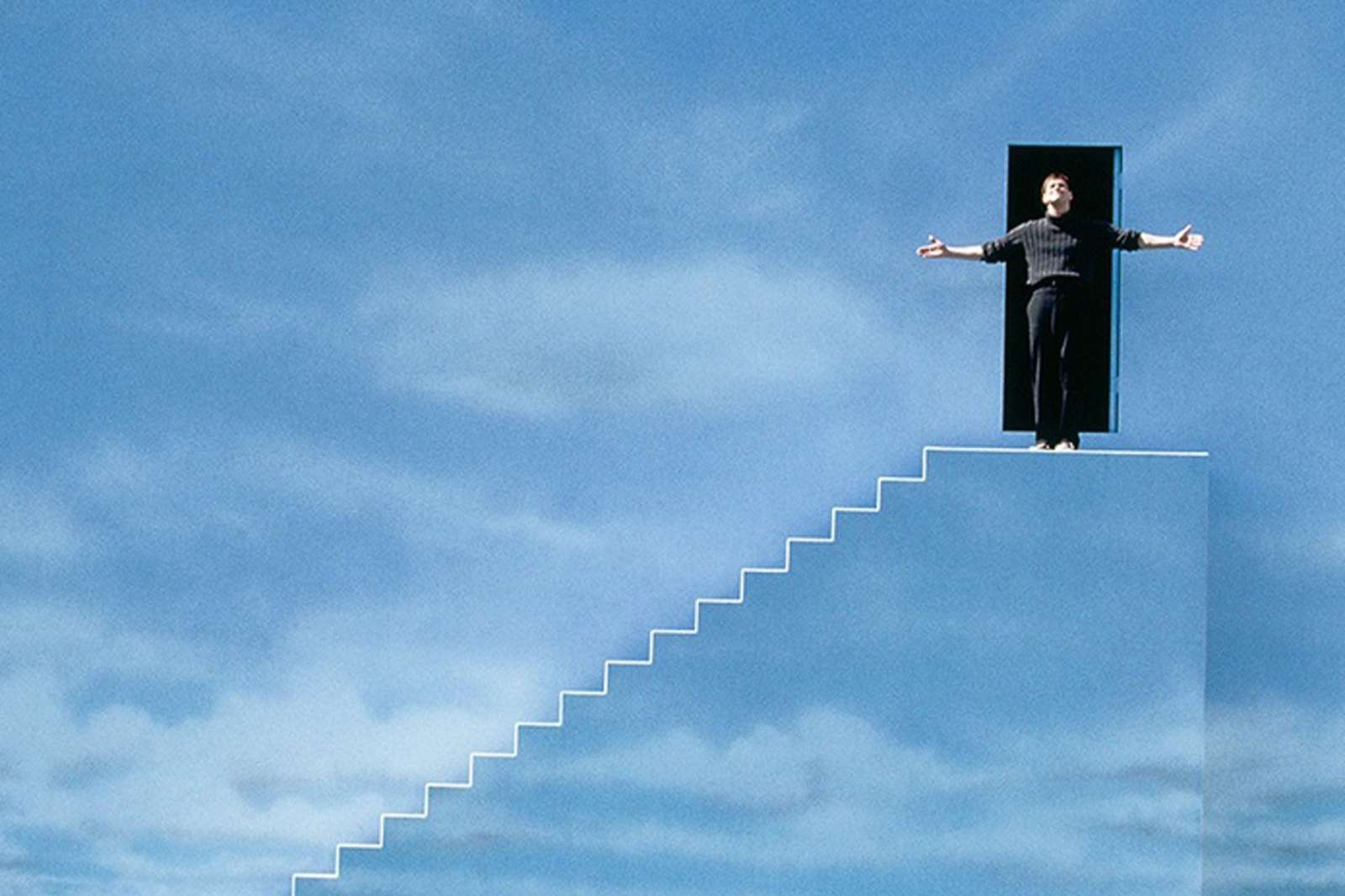

Hey Designers!
Many experienced filmmakers would argue that lighting is the most impactful design element in production. It has immense power in setting the emotional tone for a film or a shoot.
Different lighting techniques can be utilized to evoke emotion from your audience.
Soft shadows and high-key lighting can promote feelings of warmth, comfort, and ease. On the other hand, harsh shadows and low-key lighting can convey different emotions like loneliness, intimacy, tension, etc… the possibilities are infinite.
Certain emotions are often associated with specific lighting choices but that doesn’t mean they’re restricted to them. In the all-time classic, “The Truman Show”, the director Peter Weir utilizes high-key lighting to illuminate Seahaven, the town Truman resides in. The landscape is brightly lit, the world seems to be at peace, and everyone around Truman is insufferably pleasant. This is a complete contrast to his internal dialogue which screams horror, anger, and lostness.
This striking contrast helps to pull in the audience and encapsulate them in the film. It allows us to relate with Truman. Maybe there have been times in our lives when the brightness was too much! This is what makes cinematography beautiful. As creators, we have the freedom to tell our stories as we please, and we can make them relate to our real life experiences.
If you can recall intentional lighting choices or techniques that you’ve recognized in any of your favorite films, feel free to drop them down below. I’m always interested in films or moments that have left an impact on you guys.
*The images attached are from the 1998 American psychological comedy drama film ‘The Truman Show’, written and co-produced by Andrew Niccol, and directed by Peter Weir.